SummaryAirport Rating ***** Reception of locals ***** Cost: £££££
The Scottish CapitalOther than the weather, I've never heard anyone say a bad word about Edinburgh. No matter the person, anytime Edinburgh is mentioned, the associated words are always positive so I was excited to get my opportunity to visit the Scottish capital. Edinburgh is the capital of Scotland, and has been since at least the 15th century, and possibly earlier. Its position as capital following the union between England and Scotland at the beginning of the 18th century has meant that it has always been at centre of Scottish political power. To this day, the Queen has a residence in the city centre that she visits for at least one week every year. It's also the seat of the Scottish government, and home to one of the best preserved castles in the United Kingdom. The airport is a decent size, to me it seemed similar in size to Birmingham International Airport. It's well designed, and significantly better than some of the London airports particularly Stansted and Luton, both of which I hate flying from. As a Sikh there were no issues landing or leaving the airport, the metal detector didn't once sound and there wasn't even the usual secondary pat-down I get in most airports. So far, so good. The airport is well connected to the city centre. The quickest (and cheapest) option is catching the airlink bus, but I took a wrong exit and ended up by the tram system. The cost of a tram ticket into the centre of Edinburgh is relatively expensive at £6 for a one way ticket, and the journey takes approximately 35-40 minutes. The trams are very clean, punctual and cover some of the main areas of the city. When I visited, the thing that most surprised me was just how small the city is. For most of its history, construction in Edinburgh was constrained by defensive city walls, and therefore the cityscape was cramped, and buildings began extending upwards. In fact, a century before Chicago gave birth to the skyscraper, Edinburgh was already home to pseudo-skyscraper-like buildings up to 11 stories high. Perhaps I shouldn't have been surprised. Despite being the capital of Scotland, Edinburgh isn't the largest city in the country (that title belongs to Glasgow), and in the wider UK, the city doesn't even break into the top 10. However, size doesn't always matter. What Edinburgh lacks in scale, it more than makes up in beauty. In fact, I'll go so far as to say Edinburgh is one of the most visually stunning cities that I have visited; from the uniform Georgian architecture of the New Town, to the narrow, historical streets of the Old Town, this is one beautiful city. Edinburgh CastleThe castle is the most visited paid attraction in Scotland, and, given its importance to Scottish power and the history of warfare between England and Scotland, as well as different Scottish clans, it is known as one of the most besieged and attacked places in the world. In fact, since construction in the 12th century, the castle has been attacked almost 30 times. Most of the castle you see today dates back to the 16th century, extensively rebuilt following its destruction in the Lang Siege, however older parts of the castle still remain standing. It costs £18 for entry, so it's not a cheap place to visit (although cheaper than the Tower of London), but it is easily worth the price of admission. I visited toward the end of the day on a Sunday evening, and it wasn't too busy. You enter through the 16th century Portcullis Gate and almost immediate find yourself surrounded by cannons and a fantastic view over the city. It was a windy day when I visited, and taking a photo felt risky as it seemed as though my phone would just blow away. The castle has gone through quite a few renovations, and one thing the British do well in general is take care of their history and this castle is no different. The condition of the castle is excellent, and unlike many other castles (including one in my home town), this isn't in ruins, and is still used today - albeit primarily as a tourist attraction. The first thing I did after having a quick look at the views was to visit the National War Museum of Scotland, housed in a former munitions store dating back to the 1740s. The museum is on the far side of the castle from the entrance and the cost of admission is included in the castle ticket. It's a decent sized museum, with a feel that isn't too dissimilar to the Imperial War Museum in London - although this museum focuses specifically on Scottish military history. I've always been fascinated by the pre and early British Highland regiments. As a group of people who fought the English for centuries and still maintained a fiercely independent, warlike culture, they remind me in many ways of Sikhs. It was fascinating seeing their weapons of choice and studying about some of the individuals from these famous regiments that would strike fear into English armies, and then, fight all over the world building the British Empire, a narrative mirrored by the Sikh regiments. The weaponry on show takes the form of a chronological narrative, from swords, to matchlocks, to the automatic guns of today. I could have stayed there for hours taking in some of the particularly beautiful swords, expertly engraved, dazzling under the spotlights of their glass cases. The Upper WardThe oldest part of the castle is the 12th century St. Margaret's Chapel. Built by King David as a private chapel for the Royal family, I was surprised to read that it is still used today for wedding ceremonies. The chapel is very well preserved, although it is incredibly small on the inside. The views from this Upper Ward, the highest point in the castle are incredible. You can see the Old Town, the New Town and then across to a body of water known as the Firth of Forth, which empties into the North Sea. On another side you can see the incredibly beautiful Murrayfield Stadium, the home of Scottish rugby, on the other, Easter Road, the home of Hibernian FC, one of Scottish football's oldest teams. Most of the things to see also lie in this Upper Ward. For instance, the 15th century siege gun, Mons Meg, is located right outside the chapel. A short walk takes you to the Palace Yard, or Crown Square, along the perimeter of which lie various historical buildings. The Royal Palace was once the home of the Stewart monarchs of Scotland, and then Britain. The Palace includes a small room where King James VI was born, which was pretty surreal as the room itself hadn't looked like it had changed much. Perhaps the best part of the castle is the Crown Room, home of the Scottish Crown jewels, which date back to 1543. Most of the jewels here are actually even older than the British Crown jewels in London. If you ever read MacBeth in school and you will know about the Stone of Scone where Scottish monarchs were once crowned, well that's here, as well as a crown, a sceptre and the Sword of State A short walk across the square takes you to the Great Hall, a 16th century assembly place and banqueting hall that has extremely high ceilings and is pretty much the definition of grandeur. On another side of the square you have the Scottish National War Memorial, a tribute to the Scottish troops that fought in the two world wars, and conflicts since. Again, high ceilings, marble and stained glass windows make this a spectacular, if not slightly sombre, place to visit. All in all, a visit to the castle should take just under two hours, and is well worth the price. It reminded me significantly of the Tower of London, but if I had to compare the two, my preference would be Edinburgh Castle. It may not be as old, or as well known as the Tower of London, but its importance in Scottish history can't be understated and in truth, it feels like the things to see and do here are better than their equivalents down south, particularly the National War Museum. In fact, it's probably only the Crown jewels in London that are more spectacular (although that's what happens when you colonise a quarter of the world). The Royal MileYou'll be hard pressed to walk down a High Street as beautiful as the Royal Mile. Connecting Edinburgh Castle on one side, to Holyrood Palace on the other, the Royal Mile is one straight road filled with history and surrounded by beautiful side streets that stretch into the Old Town. I arrived for the annual Riding of the Marches, a tradition dating back to 1579 where hundreds of horses take to the streets, with riders inspecting the city's boundaries. The march had pretty much closed the Royal Mile off to traffic, and crowds gathered along the pavements to watch the riders go past. The whole road itself is beautiful, but particularly impressive is the view as you leave Edinburgh Castle at Castlehill looking toward an old Victorian church. The cobblestone streets were packed with tourists and entertainers. I counted at least three bagpipe players along the route. The shops on either side are mainly catered toward tourists selling everything tartan, anything Scottish, and even a shop based on Harry Potter. About a third of the way down you get to the dominating presence of St. Giles' Cathedral (more on that later) and Parliament Square. This area also houses the 'Heart of Midlothian' a small heart shaped pattern built into the street which marks the old centre of administration, taxation and justice. It looks pretty until you realise locals traditionally spit on it as a sign on contempt against the prison. No matter where you look, there is beauty and history. My favourite part of the Royal Mile was looking at the small alleyways that are easy to miss on the sides of the road leading downhill toward the New Town. Of these, Anchor Close was particularly charming (although they do smell a bit). A little further down and you come to the intersection of the north and south bridges, one leads to the New Town, the other takes you past the University of Edinburgh. I decided to take a short walk through the campus, and as far as city centre campuses go, you'd be hard pressed to find a nicer one. The road gets quieter as you head towards the Scottish Parliament. In fact, the Parliament buildings are so undercover that I almost walked past without noticing. I'm not sure how I felt about them, very modern, almost Scandinavian in terms of their openness and modernity. Holyrood Palace, however, is as old school as palaces go, and hosts the Queen for a week once a year. St. Giles' CathedralYou'll notice I've seen quite a lot of cathedrals around the world. The truth is they are historically important, usually focal points of cities (particularly hundreds of years ago), and usually architecturally impressive. St. Giles' Cathedral is no different. Most of the famous cathedrals I have visited are quite distinctive in their appearance. Whether they're in London, Barcelona, Rome, Rio de Janeiro or Paris, there is always a design that makes you go 'wow, this is different'. St Giles' Cathedral doesn't disappoint. An incredible crown steeple gives this cathedral a feel like it is out of a fantasy film. In fact, focusing on the steeple itself made me feel like I had been transported back a millennium, which is pretty much how old this cathedral is. Although dating back to the 12th century, most of the building is considerably more recent than this. Entry is free, although there is a suggested donation of £5 and a photograph permit of £2, neither of which is policed strictly, so it really does come down to how generous you feel. The first thing you notice on entry is the incredible stained glass windows. Unlike the cathedrals on the continent, St Giles' is a Presbyterian cathedral, and when it was first built, the windows were plain, in reflection of the 'back to basics' movement that many non-Catholic churches were undergoing. For a 'plain' cathedral, it is intricately decorated, with the windows, the ceilings, and the many military memorials giving it grandeur. It's fairly large, particularly considering the relatively small size of the city that it serves and this was definitely one of my favourite places in Edinburgh. It may not have the opulence of the Vatican, the history of Notre Dame or the size of St. Paul's, but it is a truly remarkable place of worship and one I would recommend visiting. Arthur's SeatA short walk from the bottom of the Royal Mile is Holyrood Park, and dominating the centre of the park is Arthur's Seat. a 251 metre high hill. I hadn't planned to climb it, and I wasn't entirely appropriately dressed, but I had my trainers on and about an hour and a half of sunlight so I decided to give it a go. As I walked along the signposted main path it began to drizzle quite lightly and a few people began turning back, but I decided it was now or never for me. There weren't too many people climbing and the climb itself wasn't particularly difficult. I walked a fairly quick pace, overtaking families and couples that made up the majority of people on the hill. The initial climb is similar in steepness to Bunkers in Barcelona, and the lower portion of the Rock of Gibraltar. Before I knew it, I had reached an open clearing where I could see onto the Firth of Forth on one side, and Easter Road on the other. The rolling green hills looked amazing, and it reminded me slightly of the Quarry Trail I had done in South America a couple of years ago. After admiring the view for a short period of time, I began the second part of the climb, significantly steeper and over rocks and boulders. The climb to the top took just under half an hour. If you've visited Bunkers, then you can definitely climb this, and it's significantly short and easier than the climb in Gibraltar to get a view of that city. By the time I had reached the top, the rain was beginning to fall a little heavier and the wind had picked up quite bit, but it didn't bother me one bit, because the view was incredible. As far as city views from a natural landscape feature go, this was up there as one of the best. Just in front of the highest point is a slightly lower point that looks over the Royal Mile so I headed toward that. The rain had eased, but the wind was picking up speed. I looked over the city, the beautiful uniform architecture like something from a postcard, I closed my eyes and just felt the breeze rock me from side to side. At that moment, I was as far from life as I'd been in a long time. I decided to take the steeper but shorter climb back down. It wasn't the smartest decision I had made. My knee injury that I first sustained in Peru, and first really felt in Bolivia was back. I'm pretty sure it's just a muscle imbalance somewhere, but I feel like I'm far too young to be getting an injured knee everything I make my way down a hill. The gravel chippings were loose, the boulders uneven, and I lost my footing on more than one occasion, although I managed to stay on my feet. I can't even tell you where I ended up, but it definitely felt like the outskirts of the city. It took me about half an hour to get back into the centre, and I decided to use the walk to explore the little alleyways and side streets and I wasn't disappointed - the whole of the Old Town area is something else. Princes St. and the New TownIt turns out that the New Town isn't actually that new. Built between 1770 and 1850, it was one of the earliest 'planned towns' in the UK and is a UNESCO World Heritage Site. Most of the area is filled with Georgian architecture, with buildings having a fairly uniform height and constructed with the same brown slabs. I've been to some architecturally jaw dropping places; Vienna, Prague, Paris all come to mind, but honestly, I'd put Edinburgh right up there in that list and the New Town is a big reason for it. Princes St. is one of the main shopping streets; think Orchard Road in Singapore, Fifth Avenue in New York, the Magnificent Mile in Chicago or Oxford St. in London. If you've read any of my blogs before, you'll also know that these streets are usually the ones I hate. But, despite having the same large department stores, this road still had character, and I won't lie, I liked it. Perhaps it's the architecture of the buildings, maybe it's the tram lanes where only public transportation go, maybe it's Princes St. Gardens, or the view onto the Old Town. But this just worked. The Princes St Gardens are the Hyde Park or Central Park of Edinburgh. At just over 30 acres, they are smaller, but they inhabit the ground between the Old Town and the New Town and have excellent views either side. On one of the gardens lies the Scott Monument, a 200 foot high tower in remembrance of Sir Walter Scott, a famous Scottish author. In fact, I later found out that it's the second largest monument to a writer anywhere in the world. The area is also home to the Royal Scottish Academy Building and the National Gallery of Scotland, both of which I walked past, but didn't have a chance to visit; but again, the design of the buildings was, as with the rest of Edinburgh, flawless. Is Edinburgh worth visiting?I did a lot of walking during my time in the city, but I'm already looking forward to visiting it again. The city really comes into its own in the night, and the energy is very friendly, very cosy. I guess that's the benefit of being in a smaller city. There is a small Sikh community in Edinburgh, and I did see a couple of Sikhs during my travels, although not too many. I sat down in a restaurant in the Old Town one evening, and an elderly Scottish couple were celebrating a birthday. The man said hello to me and then said, "you have that on your head, I'm guessing you're a Sikh". He then proceeded to have a 30 minute conversation (while I was trying to eat), about the things he had seen around the world, and his local shop keeper, who was a Sikh. He was very old school in his choice of words, but he definitely had a good heart. I've mentioned it throughout, but I've not visited many cities that are more overtly beautiful than Edinburgh. I'm a big fan of good architecture and I have a bit of an interest in history and this city ticks both boxes in a big way. It's not the largest of places, so I wonder whether it could be somewhere I would live for a longer time period, but with festivals like Hogmanay, the Fringe and a university population that I'm sure is creative, I'm also fairly certain this city reinvents itself quickly too. Edinburgh gets a very big thumbs up from me! Comments are closed.
|
AuthorBritish Sikh, born in the Midlands, based in London, travelling the world seeing new cultures. Categories
All
|

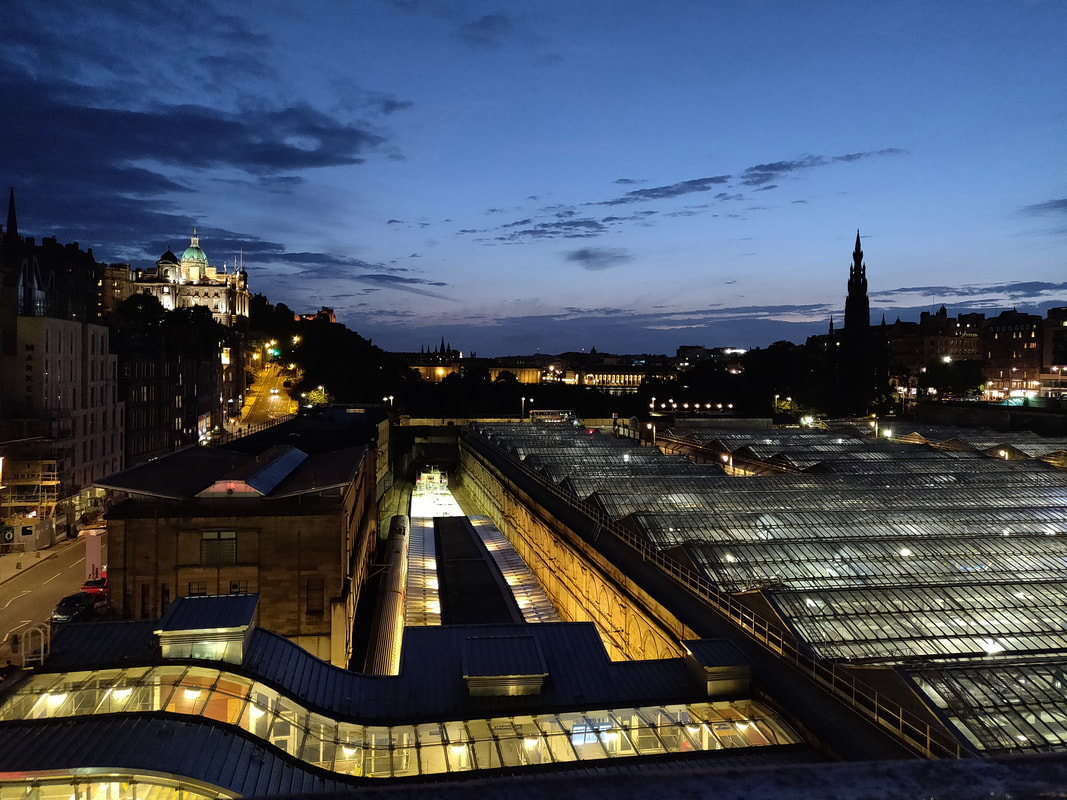
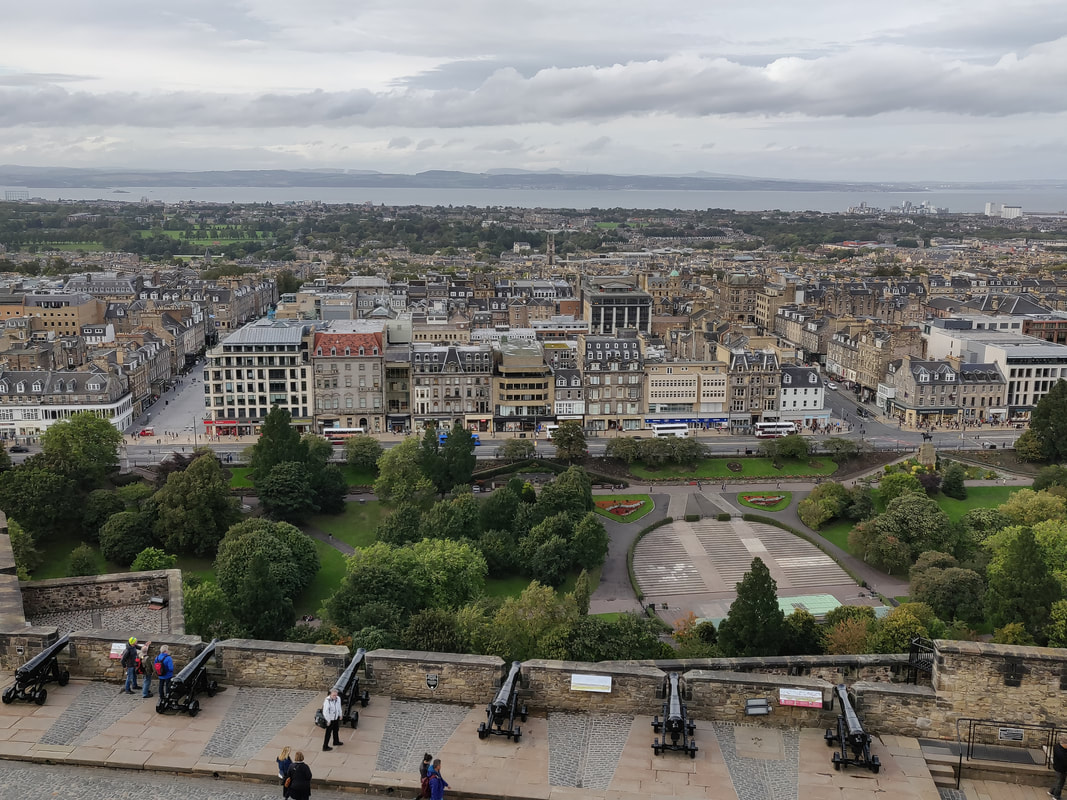
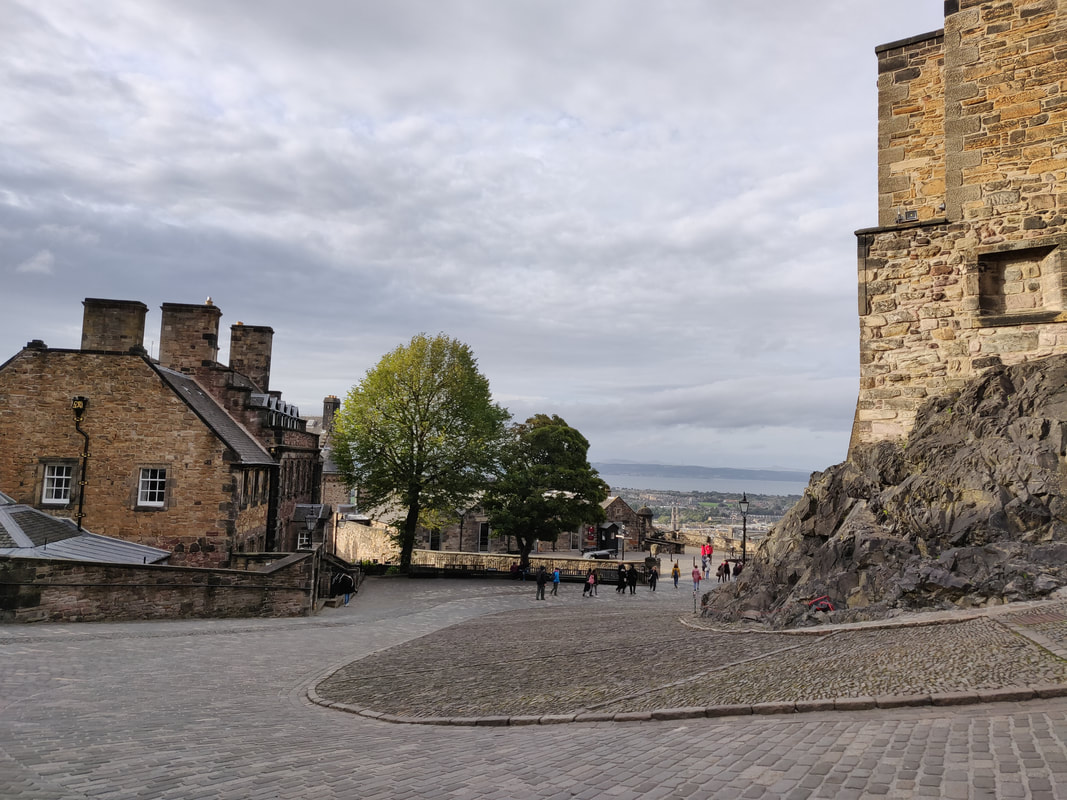
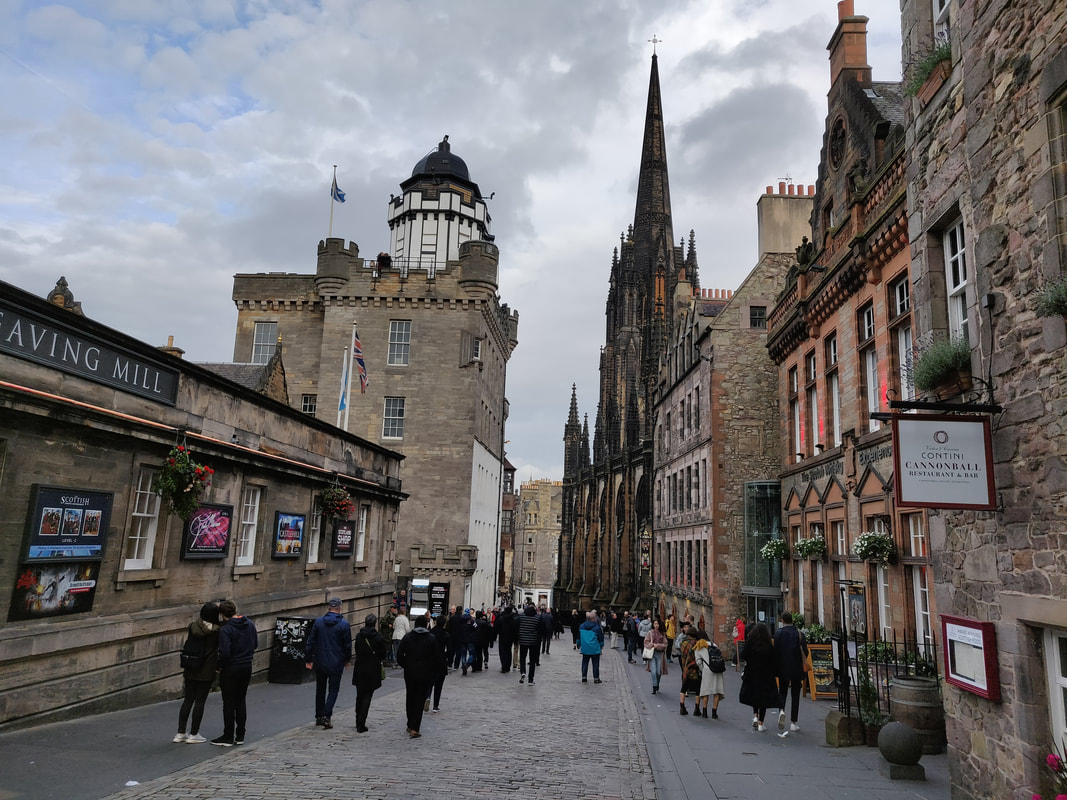
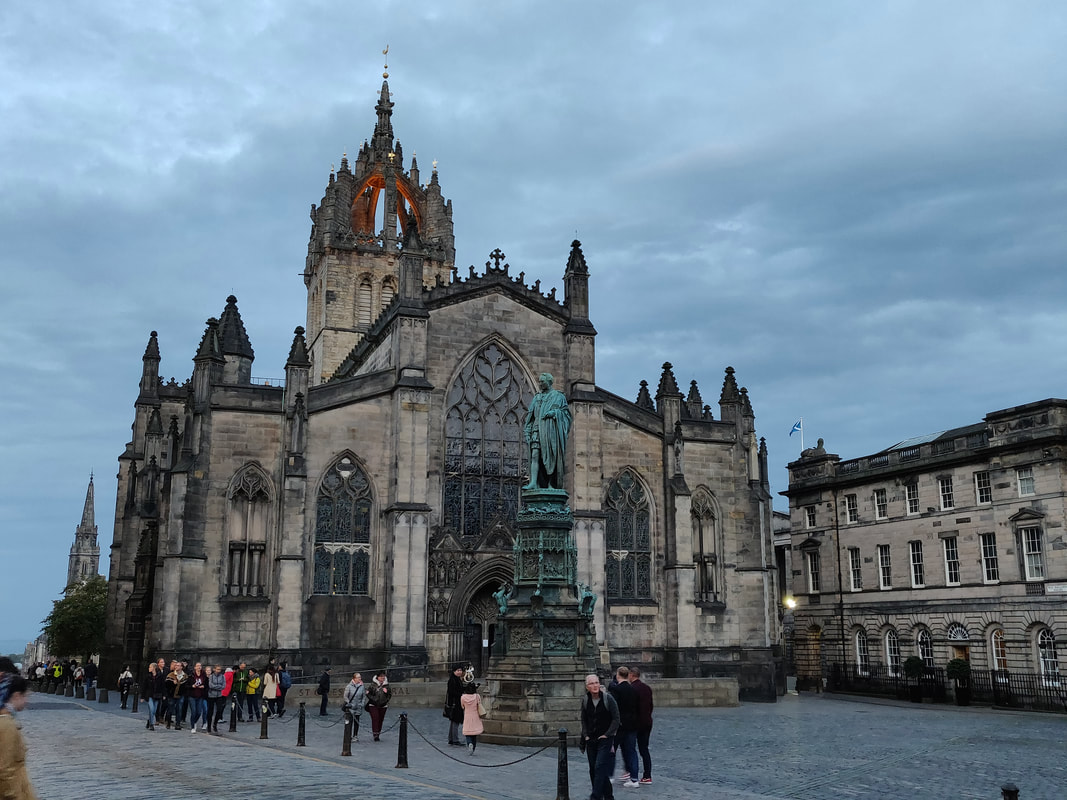
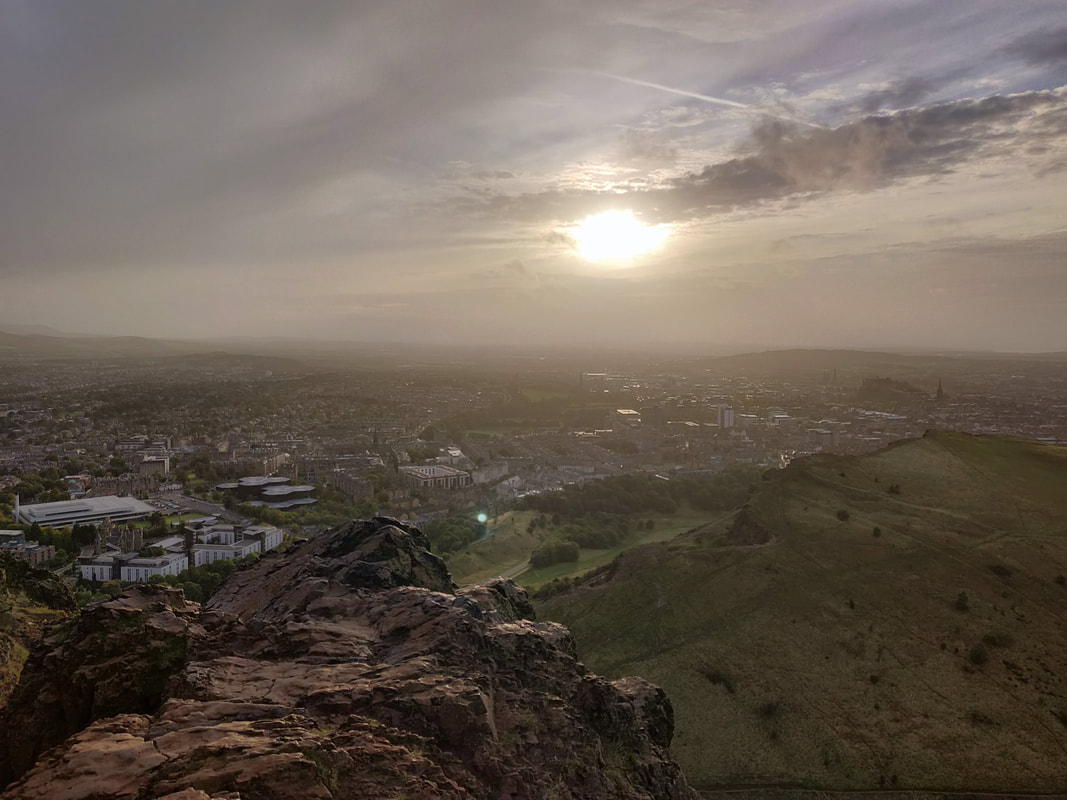
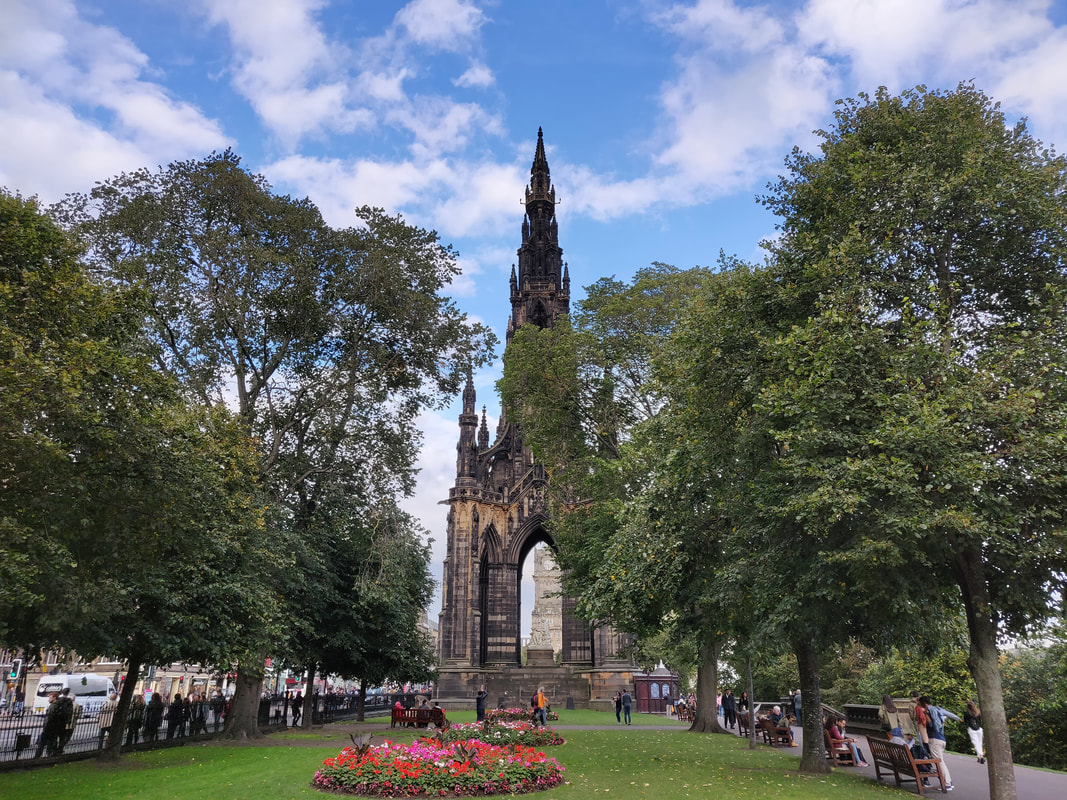
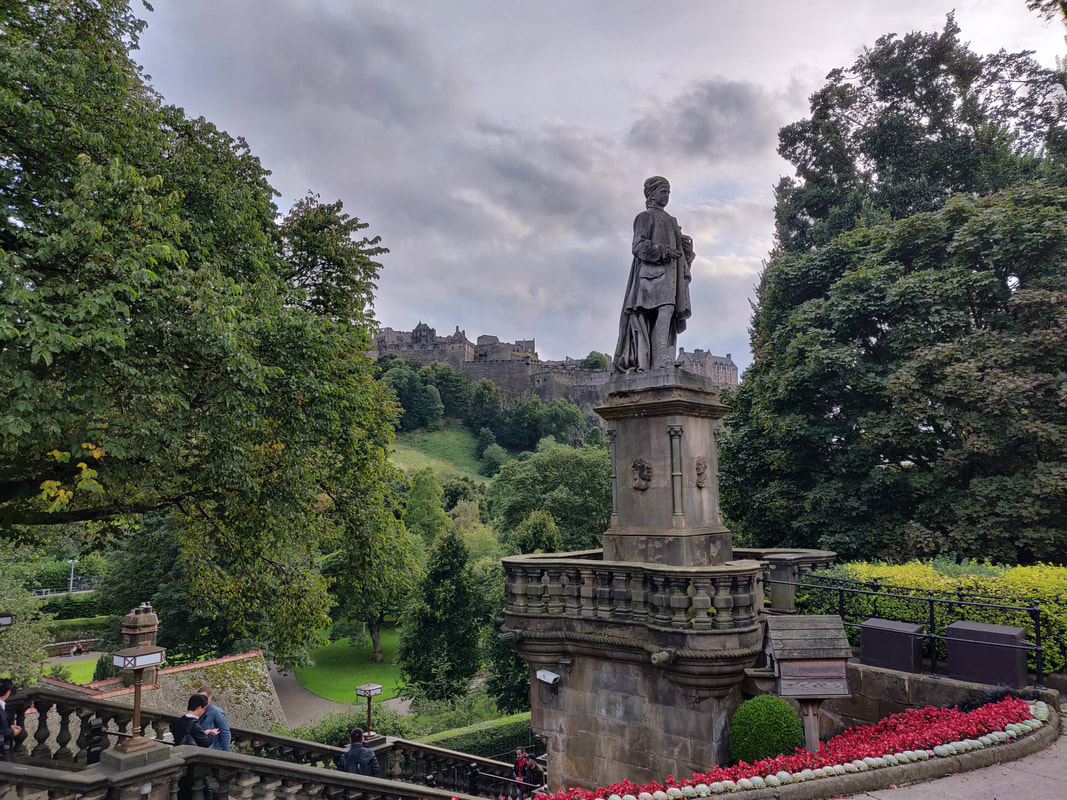

 RSS Feed
RSS Feed